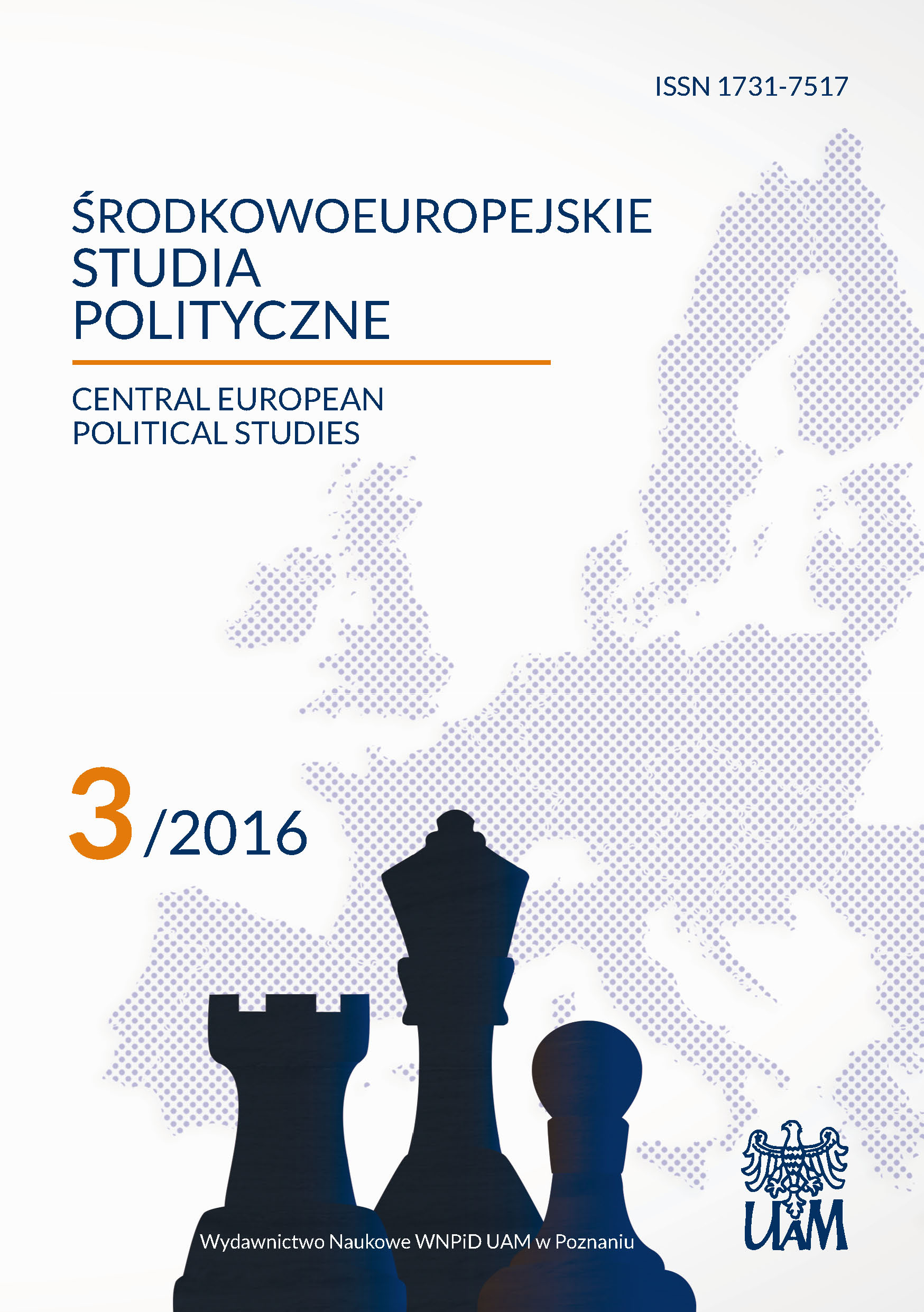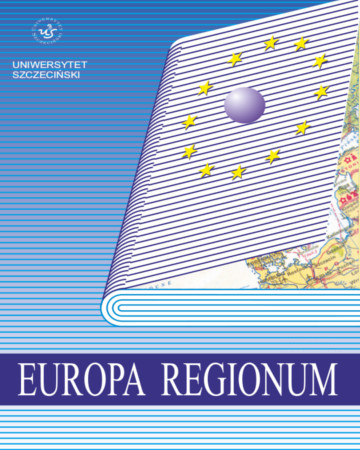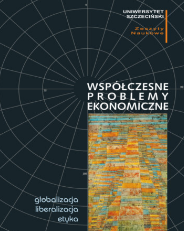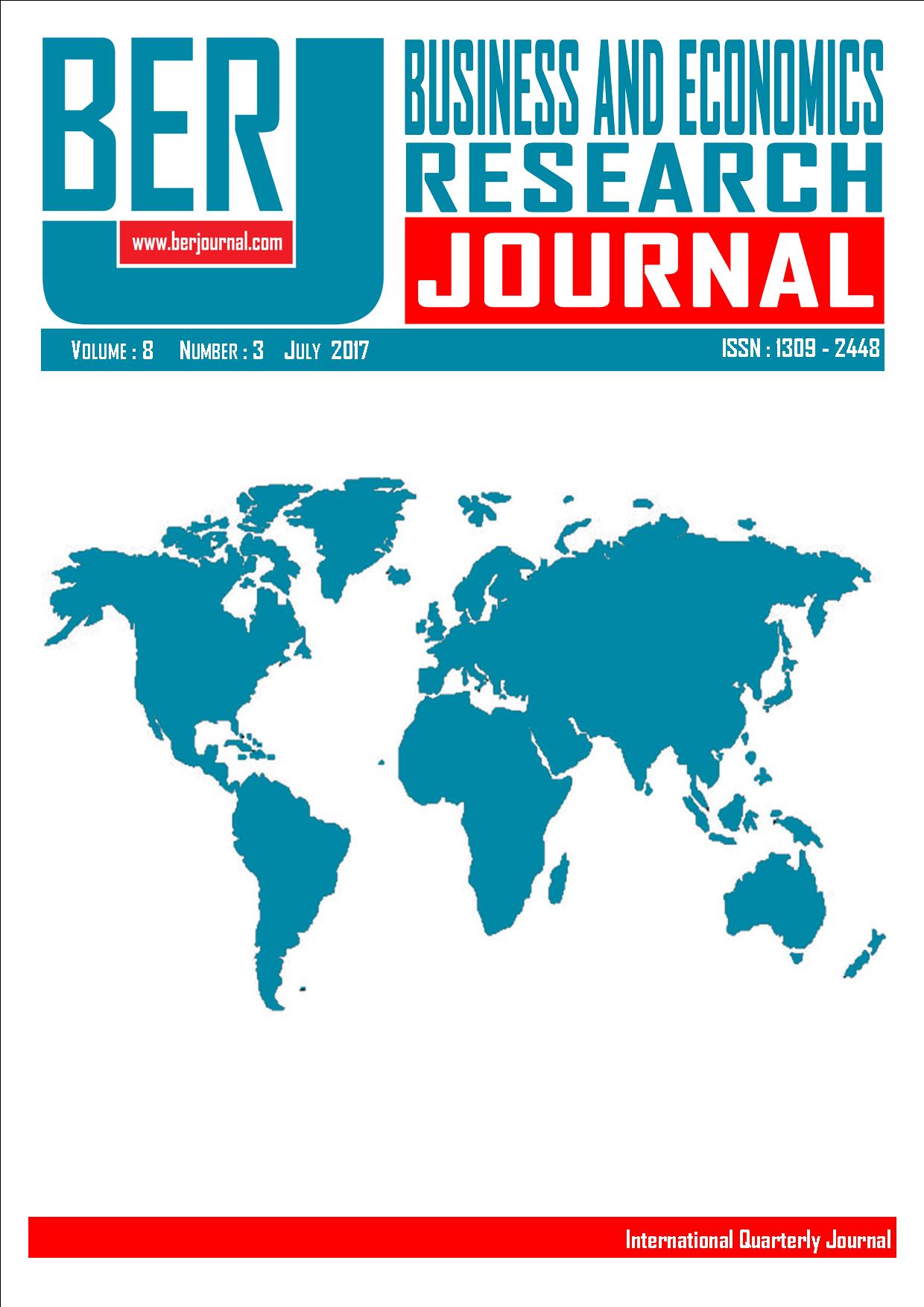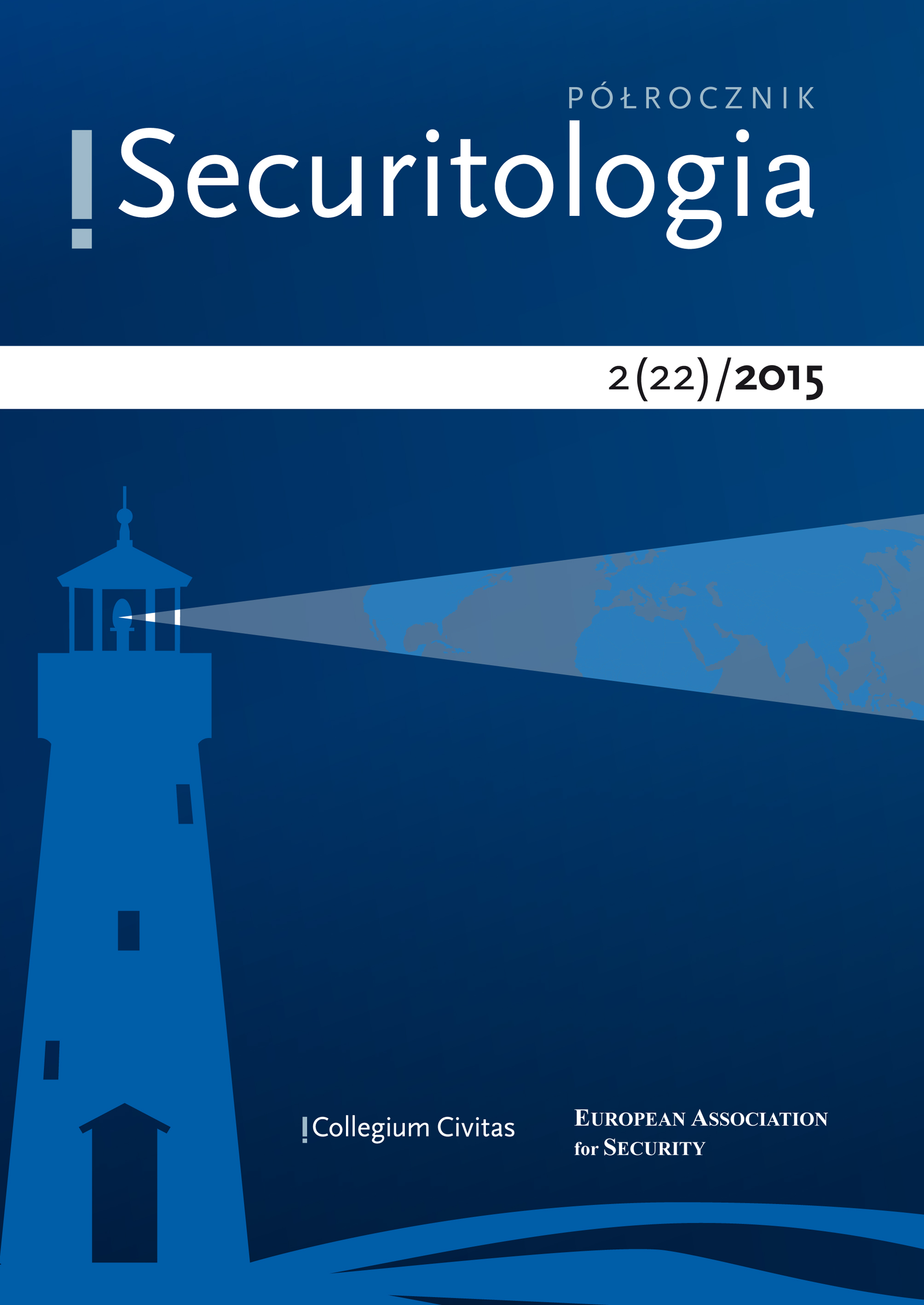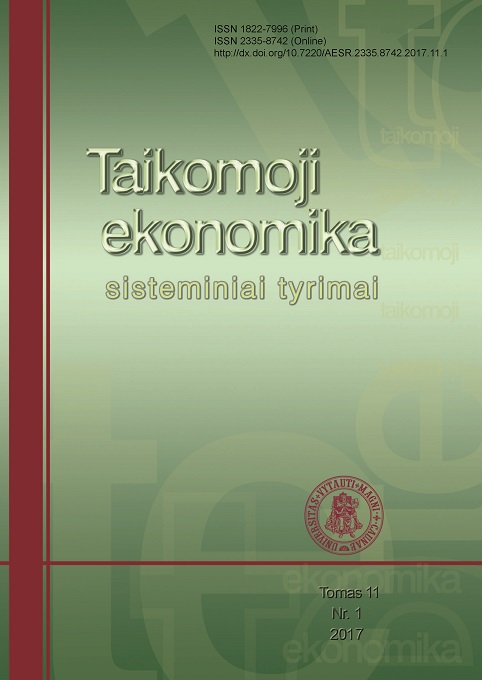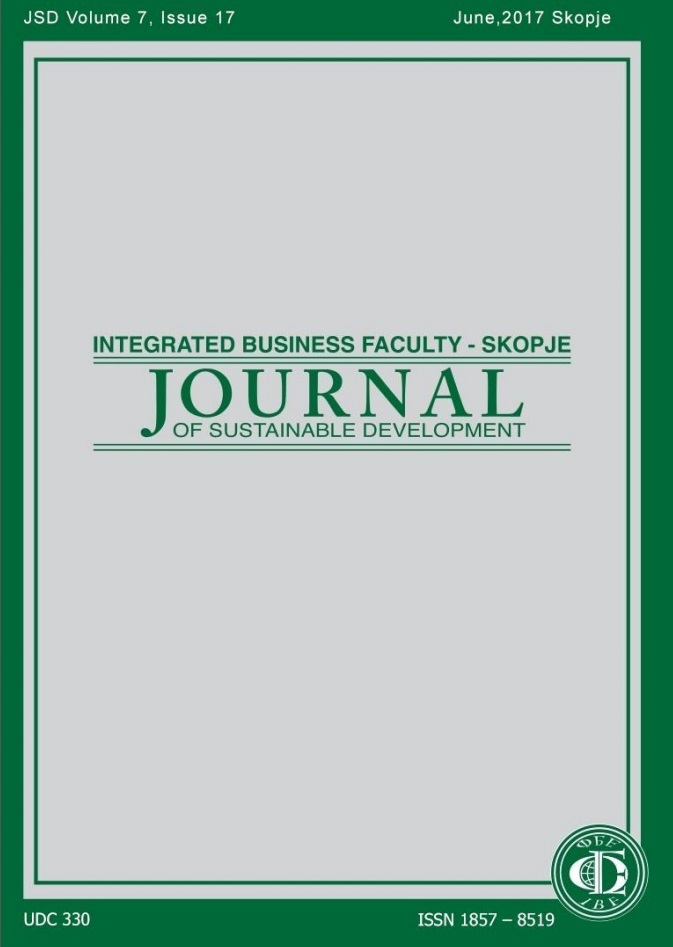
Kompleksowe podejście Unii Europejskiej do konfliktów zewnętrznych i sytuacji kryzysowych. Analiza instytucjonalno-prawna
In the pursuit of the objectives of the external action of the European Union the Lisbon Treaty calls for consistency between the different areas of EU external action and between these and its other policies. Following the entry into force of the Treaty and the new institutional context it created, the EU has both the increased potential and the ambition – by drawing on the full range of its instruments and resources – to make its external action more consistent, more effective and more strategic. The ideas and principles governing the comprehensive approach have yet to become, systematically, the guiding principles for EU external action across all areas, in particular in relation to conflict prevention and crisis resolution. The European institutions sets out a number of concrete steps that the EU, collectively, is taking towards an increasingly comprehensive approach in its external relations policies and action. This covers all stages of the cycle of conflict or other external crises; through early warning and preparedness, conflict prevention, crisis response and management to early recovery, stabilisation and peace-building in order to help countries getting back on track towards sustainable long-term development.
More...
